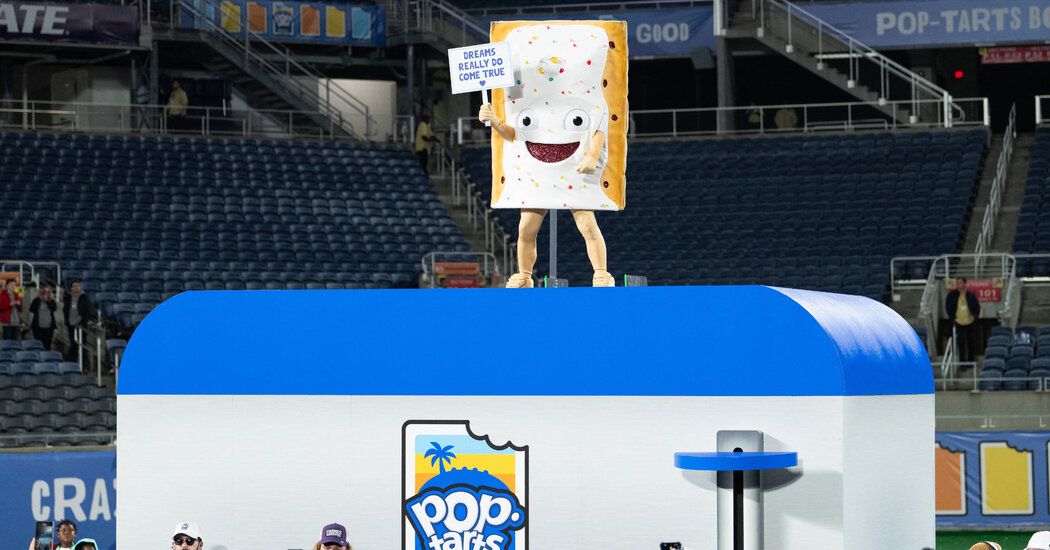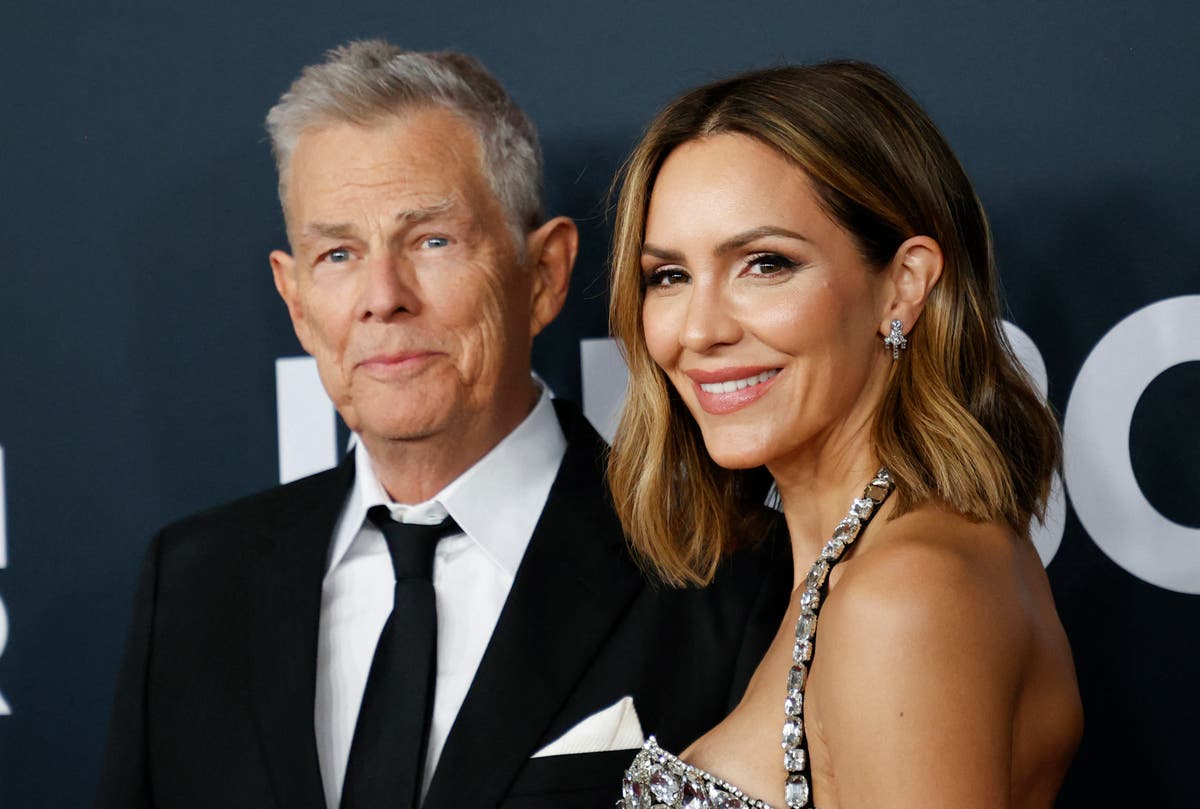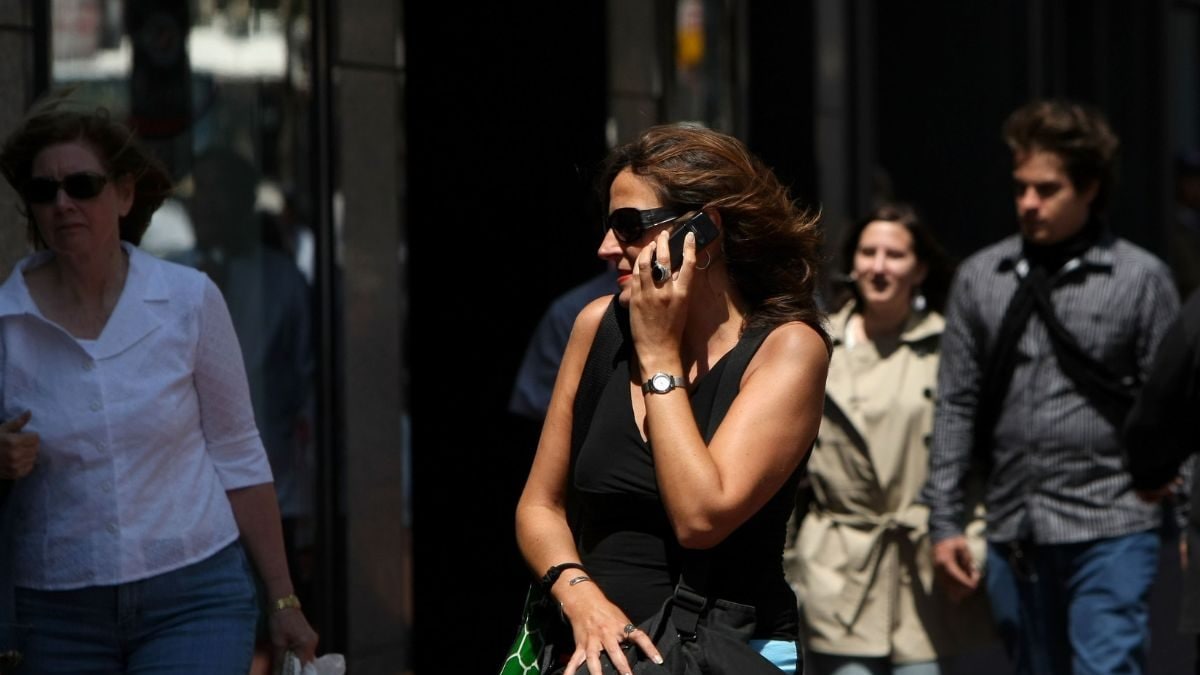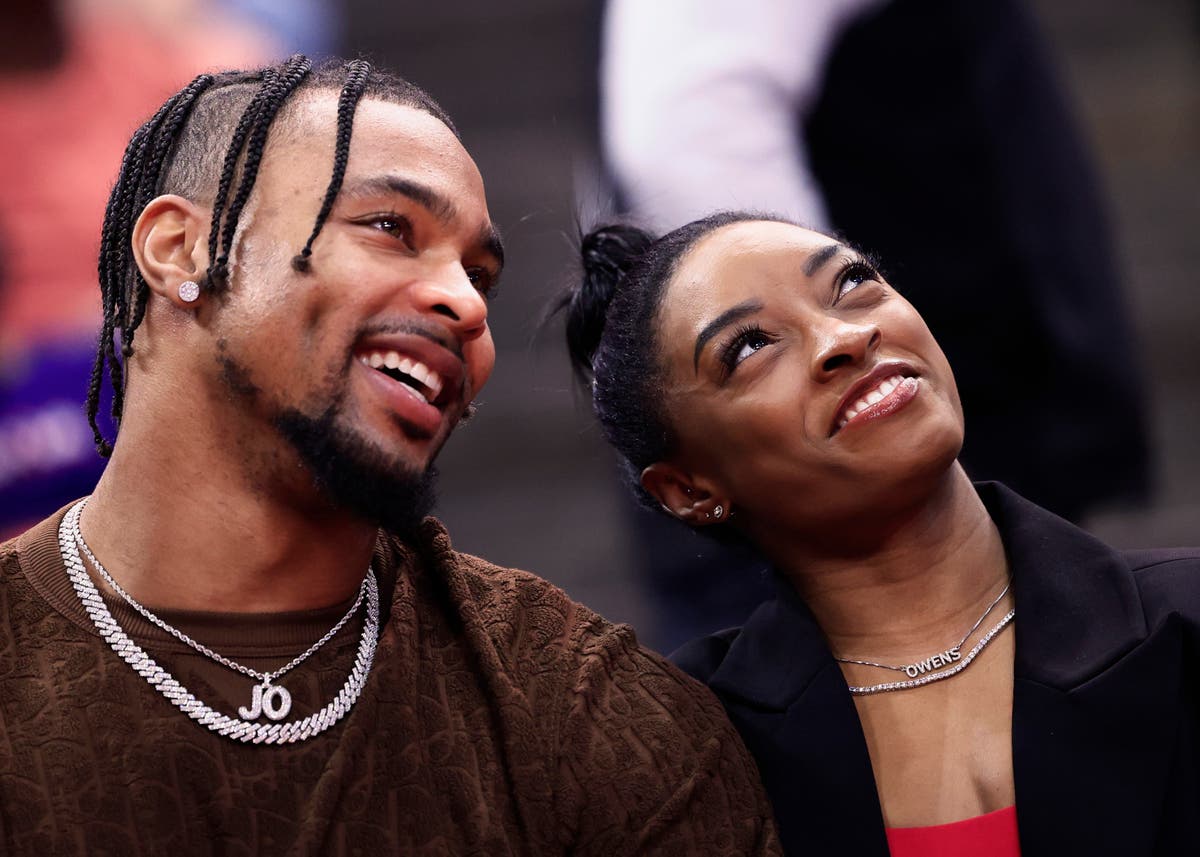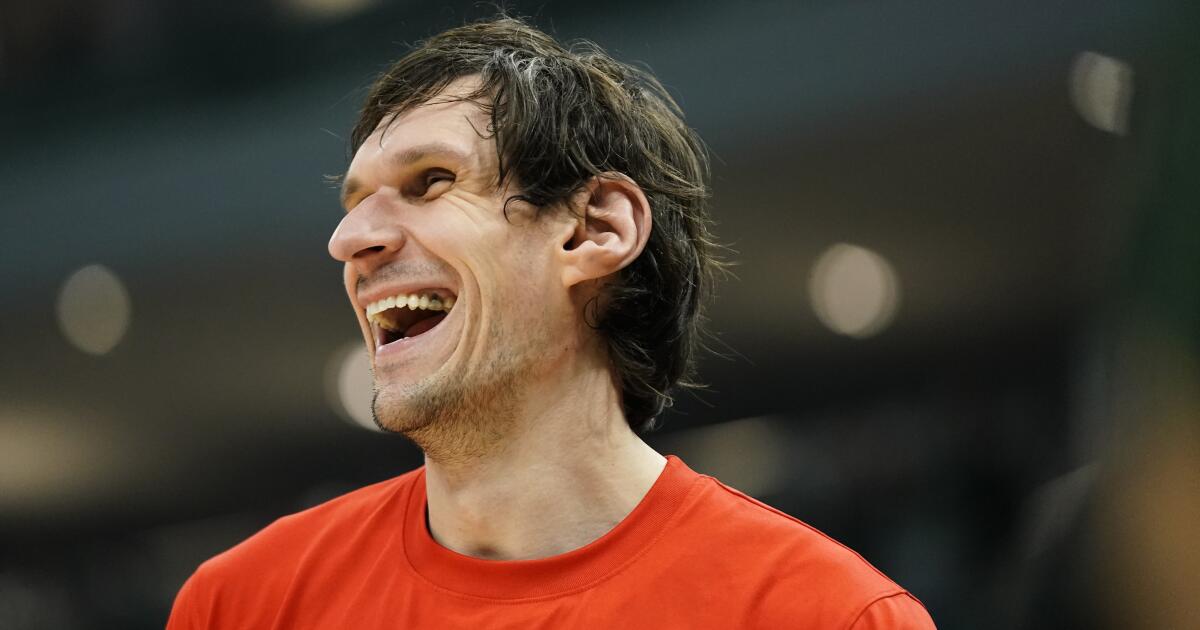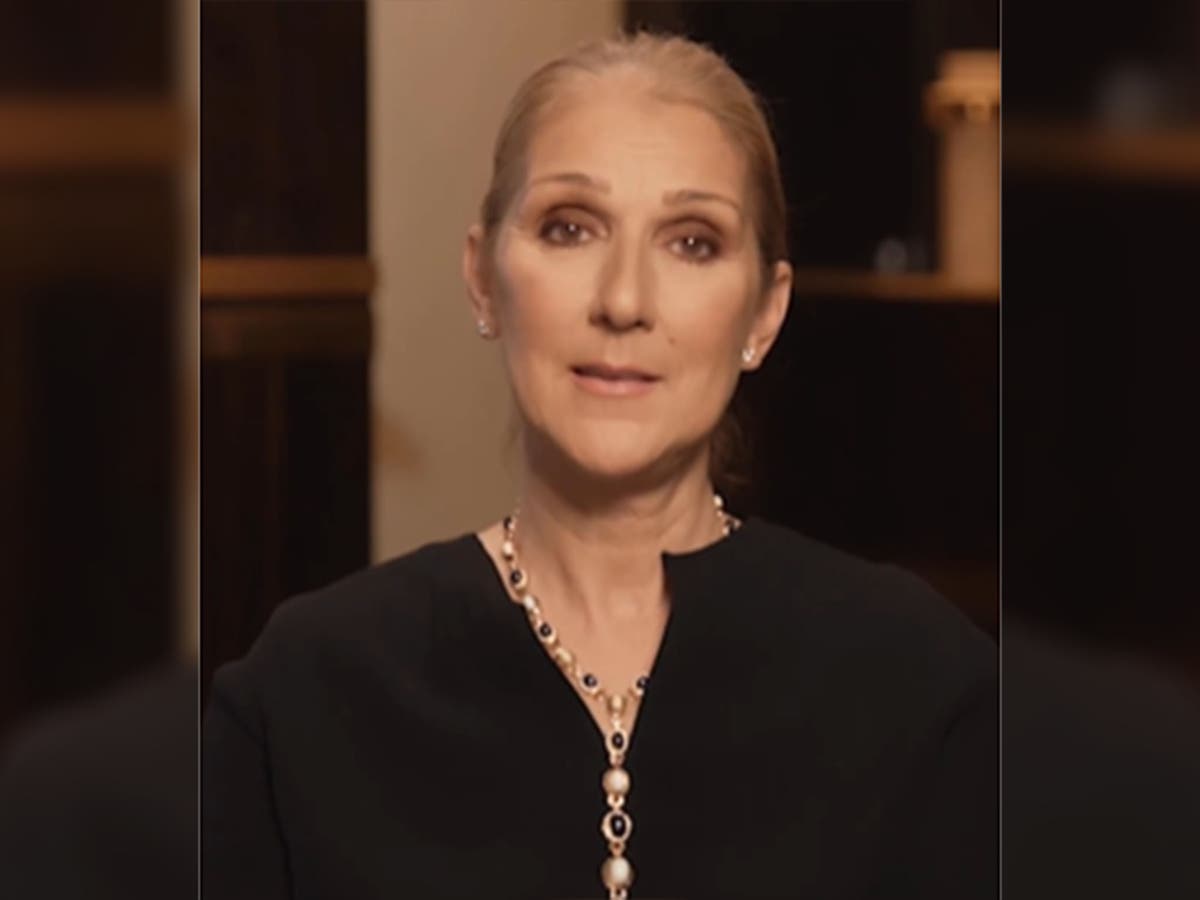After winning the Pop-Tarts Bowl on Dec. 28 in Orlando, Florida, the Kansas State football team gathered on the field around a garage-sized toaster that was guarded by a pair of mall police officers. who were wearing “Snack Security” t-shirts.
An unusual chant broke out: “Toast to that pet! Here’s to that pet! – as Strawberry, a giant Pop-Tart with limbs, climbed to the top of the toaster, jumping to the disco-era beat of Donna Summer’s “Hot Stuff.”
“We’ll always love you, Strawberry,” announcer Jason Ryan Perry said over the stadium’s public address system. “I can’t wait to eat you.”
For nearly three hours, Strawberry had worked the crowd as one of the surprise stars of the game and the entire college bowl season, which was no small feat for an anthropomorphized breakfast pie. By the time Strawberry tossed aside a sign that said “Dreams really do come true” so it could happily slide through a slot and toast its crust to a perfect golden brown, the Internet was about to collapse.
Sure enough, Strawberry soon emerged from the toaster as an edible version of itself. The victorious players pounced, gorging themselves on Strawberry by the handful until the only thing left (RIP, Strawberry) was her left eye.
“I think those guys were really hungry,” Heidi Ray, senior director of brand marketing for Pop-Tarts, said in a phone interview.
In a crowded market, the Pop-Tarts Bowl, renamed this year after previously being the Cheez-It Bowl, the Camping World Bowl and several other monikers, managed to do something special: turn an otherwise run-of-the-mill game into a viral sensation.
Michigan and Washington will meet in the college football national championship game on Monday night, but in an era when there are more than 40 bowl games a season, and only two of them, the Rose Bowl and the Sugar Bowl, serve as a national championship. championship semi-finals, with some kind of significance, the Pop-Tarts Bowl won the Internet.
Or, at least, it shared the Internet championship with Duke’s Mayo Bowl.
From a competitive standpoint, the playoff system, which debuted in 2014 and will add quarterfinal games next year, has turned the other bowls into artifacts of a bygone era when they meant more to teams ( and for his lectures) than now. . As a result, many top players with NFL aspirations opt out of games if nothing is at stake.
None of that has slowed the steady pace in favor of even more bowl games, which generate decent ratings and advertising revenue during the holidays.
With so many mostly meaningless bowls (the Guaranteed Rate Bowl and the Bad Boy Mowers Pinstripe Bowl, the Radiance Technologies Independence Bowl and the Avocados from Mexico Cure Bowl), the most intense competition is not necessarily between teams on the field, but between brands waiting for a fleeting (and profitable) moment of virality.
“I think doing it in unique and fun ways is an important way to keep bowling relevant,” said Miller Yoho, director of marketing and communications for the Charlotte Sports Foundation, which organizes Duke’s Mayo Bowl. “Honestly, this is the most anyone has been talking about this in the 10 years I’ve been doing it.”
When Duke’s Mayo, a Richmond, Virginia-based condiment company, began sponsoring the game in 2020 (it had previously been sponsored by, among others, Meineke Car Care Center), the feeling was that the company “needed to do something different to making the mayonnaise cools down again,” said Joe Tuza, president of condiments for Sauer Brands, which owns Duke’s Mayo. By partnering with college football, the brand has sought to capitalize on its share of made-for-internet moments, both planned and unplanned.
Since 2021, the game-winning coach has been drenched with a cooler full of mayonnaise while Tubby, the brand’s aggressively browed mascot, raises his arms triumphantly and Mr. Gopher stands nearby with a cartoon-sized check. The incentive for the coach is that $10,000 will go to a charity of his choice.
“Every time I go on stage with the trophies, the players start singing: ‘Mayo dump! May garbage!’” Mr. Tuza said. “It’s like a reward for them to see their trainer soaked after all the hard work they’ve put in.”
And while several skeptics, including the Kansas City Chiefs’ Travis Kelce, a known mayonnaise hater, have questioned whether it is actually mayonnaise, Tuza and Yoho attested to its authenticity.
“It’s 100 percent mayonnaise,” Yoho said. “I’ve smelled it. “They have to shake it to get the right viscosity.”
Before this season’s game on Dec. 27, Duke’s Mayo upped the ante by hosting a draft-style combine to select the two people who would throw the mayonnaise at the winning coach. (These were the lingering consequences of the 2021 game, when South Carolina coach Shane Beamer was accidentally hit in the head with the cooler; Duke’s Mayo later sent him a helmet.) Mr. Yoho said he saw the combine via live broadcast.
“I just see people covered in mayonnaise trying to catch a soccer ball,” he said. “I wonder, ‘What’s going on?’”
The extra effort paid off. Duke’s Mayo had a record day of online sales during this year’s game, Tuza said, and the company expects to generate about $10 million in brand exposure, more than doubling its investment.
“Considering the size of our business, it’s a big investment for us,” Tuza said, “so we really needed to make it work. “We had to execute and not just put our name on the sponsorship.”
In the midst of a crowded bowling landscape, complacency will cause you to fall behind. Bowling season never rests, not entirely. For example, one of the attractions of the Cheez-It Citrus Bowl was a branded hot tub, “Feelin’ the Cheeziest,” which is now available for purchase on eBay with proceeds going to the Florida Citrus Sports Foundation. (Condition: Used.)
And the day after Duke’s Mayo Bowl, Yoho was part of a text message chain with colleagues who were already looking ahead to the 2024 edition of the game. The essence of those messages?
“Okay, we just watched the Pop-Tarts Bowl and the game is on,” Mr. Yoho recalled.
The Pop-Tarts phenomenon was something to behold, largely due to the exploits of Strawberry, played by Barry Anderson, a former Chicago Bulls mascot. In her first and only public appearance, Strawberry danced with her fans, distributed small versions of herself, and welcomed her own demise. (Thanks to the magic of television, Anderson didn’t actually toast.)
“It far exceeded our expectations,” Ms. Ray said, adding: “We didn’t have to fake anything. That’s totally the brand. This is how we treat social networks every day of the year. “We just brought a little bit of that world to the world of college football.”
And although Strawberry is now the highest-profile single Pop-Tart in the brand’s 60-year history, Kellanova produces about three billion treats annually, Ms. Ray said. In other words, Strawberry was not an isolated case. There is more talent in the pipeline.
“Everyone witnessed Strawberry being consumed by the Wildcats and he is happily in heaven because his dreams came true,” Ms Ray said. “But fear not: this isn’t the last time you’ll see an edible Pop-Tart as a mascot.”

